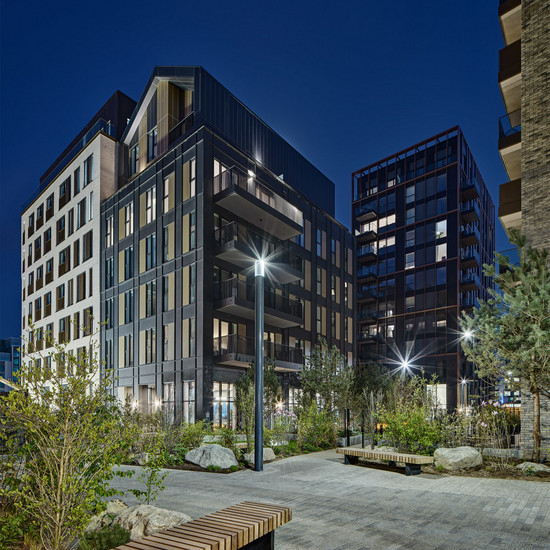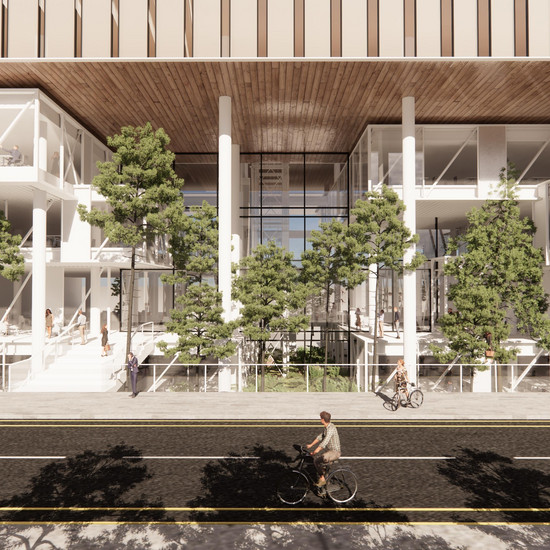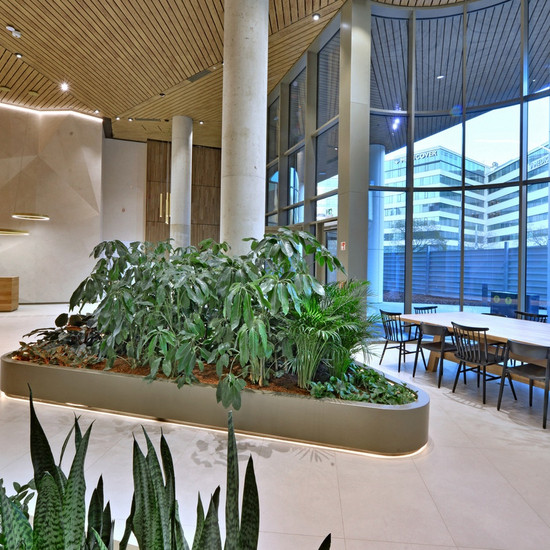It's all about designing for the human scale

According to Ulrik Raysse, founder & CEO of ARROW Architects, "there's a specific scale that we, as humans, can comprehend. " Unfortunately, many designs we see today are on a much larger scale than the buildings of the historic city, which presents a challenge in terms of communication. The modern building design has little articulation and to address this challenge, the ground floor plays a crucial role. Casper Lindskog, Creative Director of ARROW Architects, explains that "the ground floor can be designed to provide an appropriate sense of arrival and scale. This interface helps to bridge the gap between the human scale and the scale of the building, making it more accessible and engaging."
Buildings that adopt this approach are inclined to generate a superior ambiance, as their design centers on establishing an environment that is considerate of both its occupants and the city. The design approach of such buildings encompasses more than just the architectural structure itself.
According to Ulrik Raysse, "Essentially, you shouldn’t be standing next to a big building but standing next to the hinge that connects you to the building. This hinge plays a vital role in creating a sense of place proportionate to its surroundings. The scale of this hinge depends on the negotiation between the building and its environment, not just the size of the building itself. By creating a connection between the building, its users, and the public space, we can develop an immeasurable yet invaluable sense of place. So, we must consider how to combine the scale of the building with the creation of a sense of place that is both functional and visually appealing."
In conclusion, by creating a connection between the building, its users, and the public space, we can develop an immeasurable yet invaluable sense of place. So next time you walk into a building or move through a city, note how the design makes you feel. Does it feel welcoming and accessible? If so, it's likely that the designers were prioritizing the human scale.



